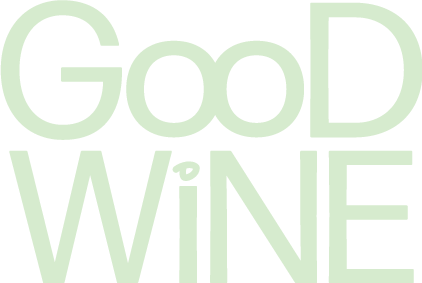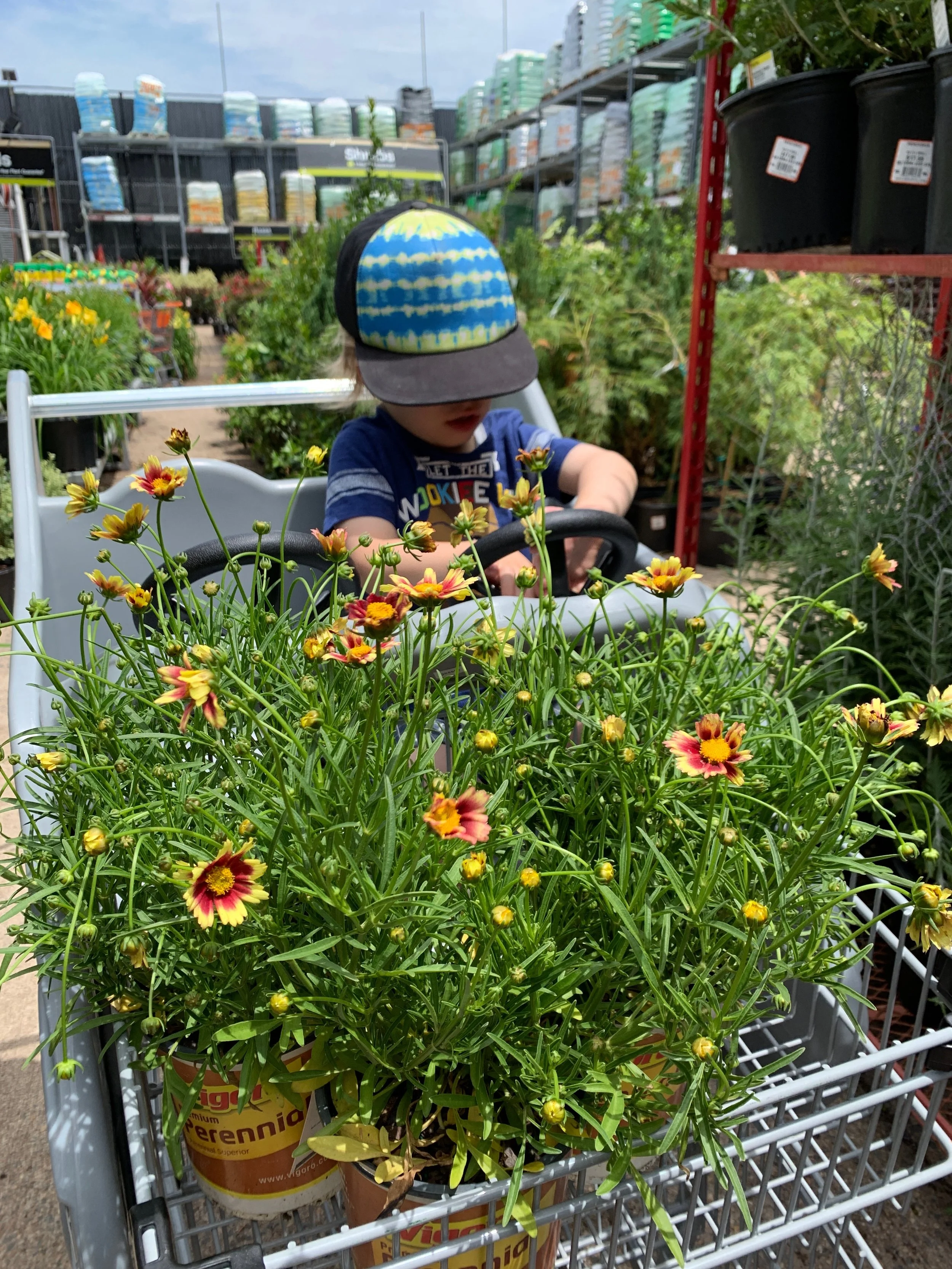September Wine Club: The Dirt on Certs
Welcome to the September wine club story from GoodWine x UnWined! We’re so excited you’re here, and we can’t wait for you to sip on these yummy wines.
This month we’re taking a look at wine certifications to help you make choices that are good for people and planet when you’re shopping for wine, just like you might already do when you buy groceries (and maybe even when you shop for stuff to wear!).
To dig a little deeper, growers and makers that get certified meet the standards set out by the specific certification program. Certifications focus on whatever the people that set them up think is most important, including being organic (aka not using synthetic fertilizers and using organic inputs), following biodynamic practices (aka following a holistic philosophy where grape growing is part of a larger ecosystem), regenerative agriculture (aka leaving soil and ecosystem better than you found it), and being sustainable (adjusting the growing and winemaking practices so that growers and makers can keep on doing their wine thing--and be a part of the climate solution). You can decide which is most important.
You may be wondering about how natural wine fits in with all of this! Natural wine is really more a philosophy than a certification, which means it’s harder to keep tabs on and actually verify. Generally speaking, natural wine is free of additives and makers try to do as little as possible and let the grape and land speak for themselves.
So pop open a bottle from your trio, and let’s dive in to a few examples this month. And if you’re still enjoying your previous months’ wines, that info can still be found on the site, too! June was organic farming (aka farming without chemicals), July was all about makers and growers who do more with less by reducing waste, and August was all about hand-harvesting and benefits for the planet.
The Wines
To start, we’ve got a blanc de noir, which means that this pinot noir was made like a white, so it’s not your typical white wine. The certification here is German and is called Fair’n Green, and the idea behind it is sustainability in all aspects of the wine process, including in the business and marketing of wine. Members—of which there are 45 in Germany—make their carbon dioxide emissions transparent and are encouraged to use renewable energy. And as we move toward fall, this not-totally-white wine drinks just right.
— Pfeffingen Blanc de Noir 2021
Next is a fab rosé made from Cabernet Franc and hailing from the Loire in France. From the condensation on the bottle in the pic above, you can see that it was photographed on one of those hot days we’ve had! This producer, Domaine de la Chanteleuserie, subscribes to the French cert called HVE, or Haute Valeur Environnementale, which is all about biodiversity in the vineyard, an active soil with all the right living stuff, and reduction of water use where possible.
— Domaine de la Chanteleuserie Bourgueil 2022
The final wine we have for you is a Pinot Noir from Oregon that offers some crushable cranberry flavor. The producer, Crowley, is a member of the Deep Roots Coalition, which is a group of wine makers that prioritize dry farming, or not irrigating the vines and instead letting rain do the job. This allows the roots to get as far in the ground as they can to get nutrients, and folks that champion dry farming think it results in better quality wine. Deep Roots folks also reduce or eliminate the use of pesticides and fungicides, as well. This wine is savory, and I can’t help but think about early fall, leaves, and even Thanksgiving when pouring a glass. Enjoy!





